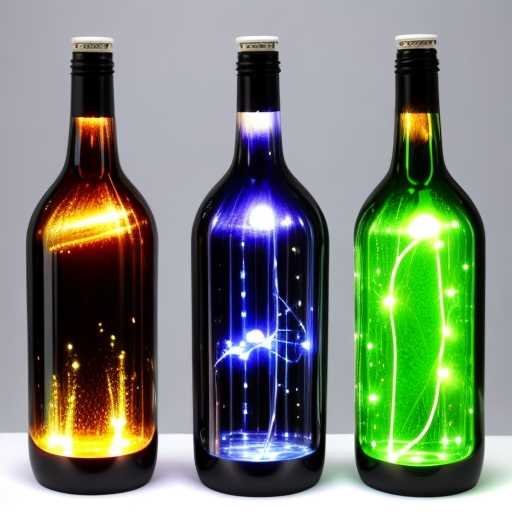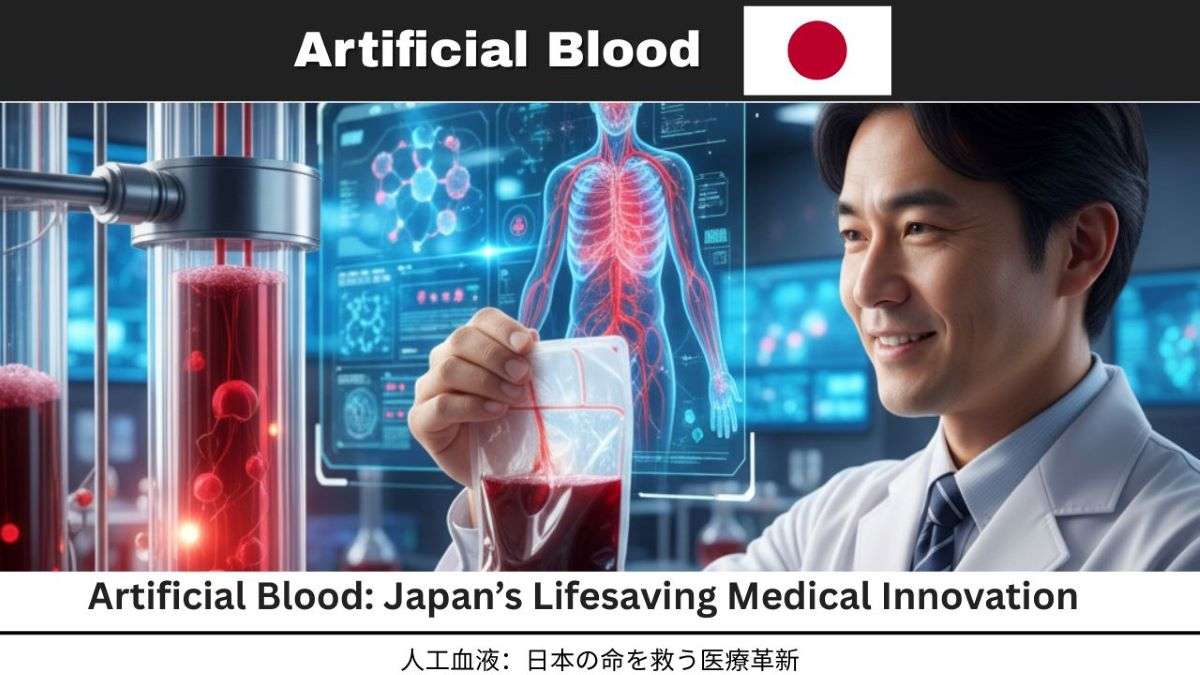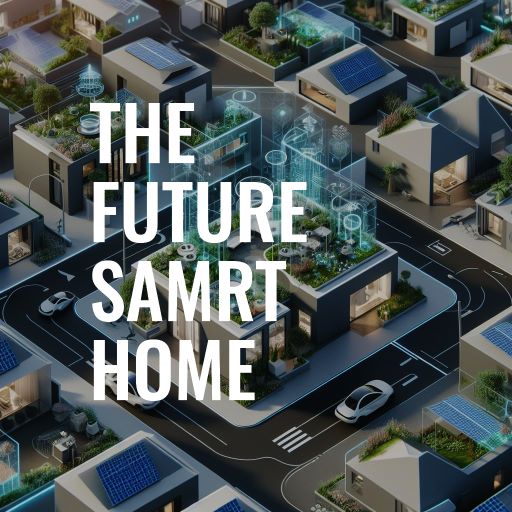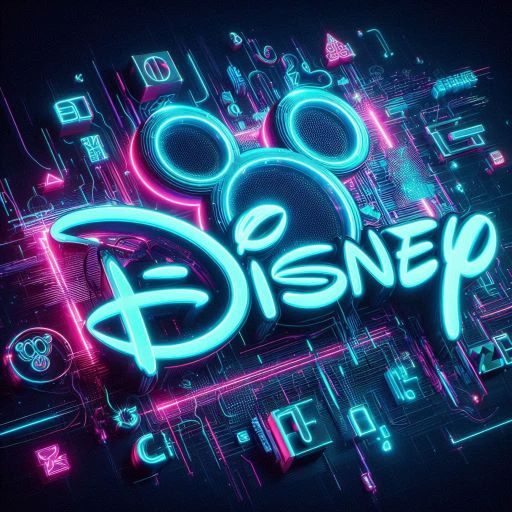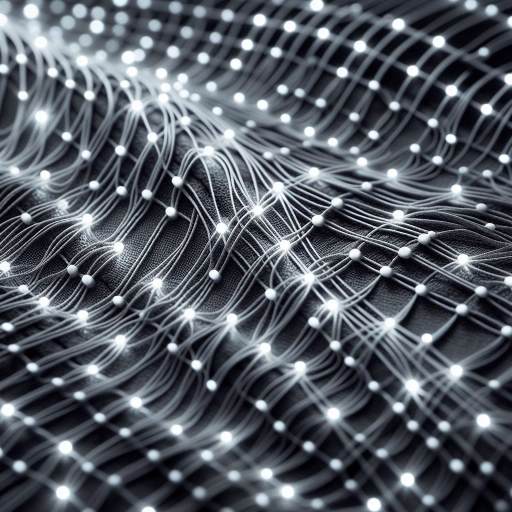In the ever-evolving world of lighting technology, Organic Light-Emitting Diodes, or OLEDs, have emerged as a revolutionary light source. Unlike traditional incandescent bulbs or even LEDs, OLEDs offer an unparalleled combination of beauty, efficiency, and flexibility. In this blog, we’ll delve into the world of OLED lights, exploring their characteristics, applications, and the bright future they promise.
Table of Contents
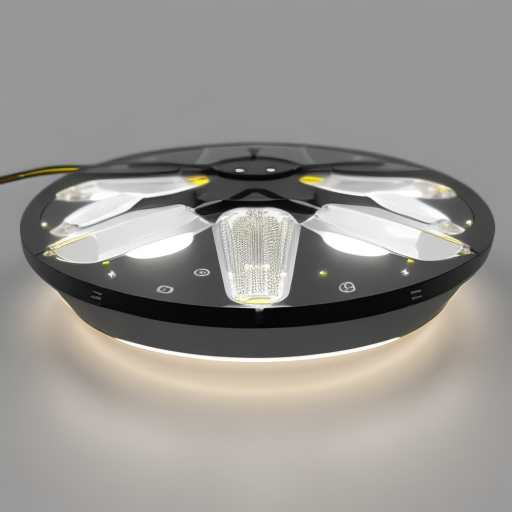
The Magic of OLED
What is OLED?
At the heart of OLEDs is organic matter that emits light when an electric current is applied. This organic layer is sandwiched between two electrodes, typically made of glass or plastic. What makes OLEDs truly magical is their ability to emit light without the need for backlighting, as is the case with LCDs (Liquid Crystal Displays). This self-illumination results in vibrant, truly black blacks, and stunning colors.

Characteristics of OLED Lights
- Thin and Flexible: OLED are incredibly thin and flexible, allowing for unique and versatile design possibilities. They can be as thin as a sheet of paper, making them suitable for a wide range of applications.
- Efficiency: OLED are highly energy-efficient. They produce more light per unit of electricity than incandescent bulbs, making them a greener lighting option.
- Uniform Light Distribution: OLED offer uniform light distribution across their surface, eliminating the glare and hotspots often associated with traditional lighting.
- Color Accuracy: OLED excel at color accuracy, making them a favorite in applications where true-to-life color rendering is crucial, such as art galleries and retail displays.
- Quick Response Time: OLED have an almost instantaneous response time, crucial for applications like displays and TVs, where fast refresh rates are necessary.

Applications of OLED Lights
OLEDs are not just another lighting technology; they are transforming the way we think about illumination. Here are some of their key applications:
- Display Technology: OLEDs are the stars of the show in cutting-edge display technology. They can be found in the screens of smartphones, TVs, tablets, and even some laptops. Their ability to produce true blacks and vibrant colors enhances the visual experience.
- Lighting Design: OLED lights’ flexibility and thinness enable designers to create custom lighting solutions, from ambient lighting panels to artistic installations. OLED are a favorite in architectural and interior lighting design.
- Automotive Lighting: OLED are making their way into car tail lights and interior lighting due to their energy efficiency and the ability to create unique lighting designs.
- Wearable Technology: OLED are the go-to choice for many wearable tech devices, such as smartwatches and fitness trackers, owing to their flexibility, efficiency, and slim form factor.
- Art and Decor: OLED are becoming a medium for artists and designers to craft unique lighting installations that play with shapes, colors, and even motion.
The Bright Future
As OLED technology continues to advance, we can expect to see even more exciting developments:
- Improved Efficiency: OLED are becoming more energy-efficient with each generation, reducing their environmental impact.
- Increased Lifespan: Manufacturers are working on enhancing OLEDs’ longevity, making them more practical for general lighting applications.
- Cost Reduction: As OLED production scales up, costs are gradually decreasing, potentially making OLED lighting more accessible.
- Innovative Applications: OLED technology is still in its infancy, and we can anticipate groundbreaking applications that we haven’t even imagined yet.
OLED lights are not just a light source; they are a transformative technology with a promising future. Their characteristics, applications, and the ongoing innovations in the field make them an exciting and versatile choice for a wide range of industries and creative endeavors. Whether you’re enjoying the rich colors on your smartphone or admiring a stunning OLED light installation in a gallery, OLED are lighting up our lives in more ways than one.
Light technology Startup Inuru
Inuru, a trailblazer in practical and transformative light technology, is unveiling its innovative line of ultra-thin organic light-emitting diodes (OLED) at the 2023 Consumer Electronics Show (CES), Booth 9274.
Situated in the Enterprise section of the North Hall, adjacent to the “Smart Cities” area, Inuru’s 10′ x 20′ exhibition will immerse visitors in a cyber-punk experience, showcasing the company’s latest advancements in fully integrated electronic circuitry. These innovations are ingeniously condensed into wafer-thin, waterproof, and shockproof labels featuring an ultra-efficient free-form light. This light source is powered by a stamp-sized battery, generating 3 volts and 0.5 milliamperes at 500 candela. Appointments with company executives are available.
Engineered with the aim of curbing packaging waste and delivering captivating consumer experiences, Inuru’s patented Electric Luminous Film (ELF) can be employed in a wide array of applications, including several that will be making their debut in the American market at CES. A video demonstration of this groundbreaking technology is available for viewing and download.
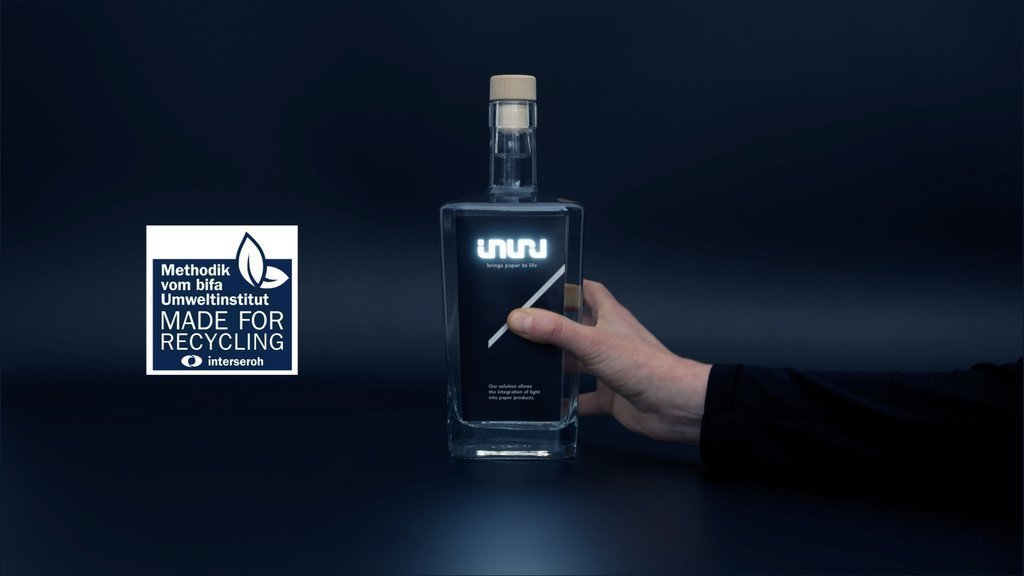
This German startup has already undergone successful trials with international brands like Coca-Cola, Reustle, and Cattier Champagne. Now, INURU is gearing up for the widespread release of light-activated labels and wearables.
“We’ve been preparing for this moment for a long time, and the world is finally ready to witness these futuristic applications in real-world settings,” remarked INURU’s founder and CEO, Marcin Ratajczak, who has been developing this technology since 2012. “INURU’s mission is to illuminate the world because light can be both beautiful and useful. ELFs introduce light to places it has never been before.”
While ELF can be embedded in almost anything, Inuru’s initial focus is on deploying this technology as a marketing tool. They aim to incorporate it into packaging and labels to enhance brand presence during the initial customer interaction. These customized lights are controlled by sensors and can illuminate a variety of products, including:
- Food and beverage labels that light up with a simple touch.
- Packages that activate via motion detection when someone approaches within a six-foot radius.
- Medicine containers programmed to flash upon expiration or use.
- Bottles that pulsate to the beat of music.
“The technology represents a significant game-changer for numerous industries,” noted Inuru’s Chief Technology Officer, Patrick Barkowski. “It not only enhances branding to attract new customers, but ELFs are exceptionally robust and can be seamlessly integrated using today’s production equipment. Moreover, they are recyclable after use.”
In addition to this, Inuru is introducing a range of rechargeable OLEDs at CES. These can be seamlessly integrated into fabrics for cyber-punk-style wearables or safety devices, ideal for activities such as nighttime outdoor running. Visitors to CES will have the opportunity to view garment prototypes, as well as pharmaceutical and bottling applications at Inuru’s “Store of the Future” exhibit.
“These possibilities are as astonishing as they are practical,” said Richard Jankiewicz, Inuru’s Sales and Business Development Manager, who will be showcasing pharmaceutical, retail, and fashion applications at the CES exhibit. “Everyone who visits INURU’s ‘Store of the Future‘ will be in for a treat. Our aesthetic is cyber-punk, where light serves as a means of communication because, from an environmental perspective, we cannot afford to do it any other way.”
for more new knowledge click here–> Read New

